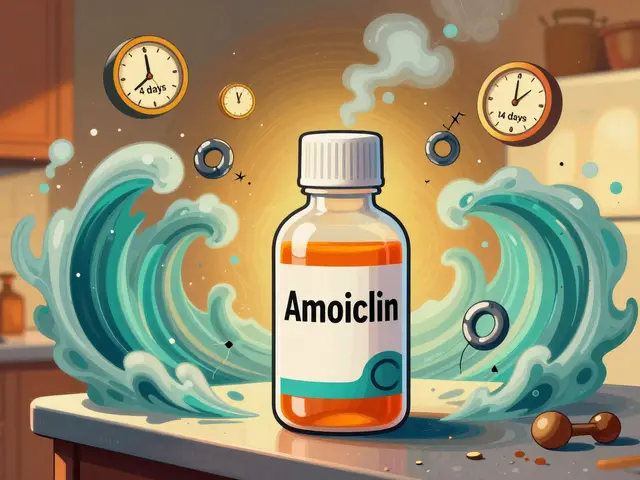
HIV Treatment Made Simple: What You Need to Know
Living with HIV today means you have a toolbox of medicines that keep the virus under control. The biggest game‑changer is antiretroviral therapy (ART), a mix of drugs that stop HIV from multiplying. When you stick to the plan, the virus stays at a low level, your immune system stays strong, and you can lead a normal life.
Most people start with a combination pill that bundles three drugs into one daily tablet. This cuts down on the number of pills you need to remember and reduces the chance of missing a dose. Your doctor will pick a regimen based on your health, other medicines you’re taking, and any side‑effects you’ve experienced before.
Choosing the Right Regimen
There are four main drug classes in ART:
- Nucleoside reverse transcriptase inhibitors (NRTIs) – the backbone of most combos.
- Non‑nucleoside reverse transcriptase inhibitors (NNRTIs) – work well but can cause skin rash.
- Integrase strand transfer inhibitors (INSTIs) – fast‑acting and usually have the fewest side‑effects.
- Protease inhibitors (PIs) – very effective but may interact with other meds.
In 2025, most first‑line treatments start with an INSTI‑based combo because it’s gentle on the body and keeps the virus suppressed quickly. If you have kidney issues or are pregnant, your doctor might steer you toward a different mix.
Handling Side Effects and Staying on Track
Side‑effects can be annoying, but they’re usually manageable. Common complaints include nausea, mild headache, or trouble sleeping. If you notice a rash, severe stomach pain, or sudden weight loss, call your pharmacy or GP right away – these could be signs to switch drugs.
Here are a few practical tricks to stay on schedule:
- Link your dose to a daily habit – breakfast, brushing teeth, or a morning walk.
- Use a pill box or a phone reminder.
- Keep a spare dose in a bag or car in case you forget.
- Talk to your healthcare team before adding over‑the‑counter supplements; some can mess with ART levels.
Regular blood tests are key. Every three to six months, you’ll get a viral load test to see if the virus is still suppressed and a CD4 count to check immune health. If the load creeps up, your doctor might adjust the regimen before resistance builds.
New drugs keep entering the market, offering simpler dosing or fewer side‑effects. For example, long‑acting injectable ART can be given once a month, which is a game‑changer for people who struggle with daily pills.
Bottom line: the best HIV treatment is the one you can stick to. Work with your clinician, report any bothersome symptoms, and keep up with check‑ups. With the right plan, HIV doesn’t have to slow you down.
-
21 Sep





